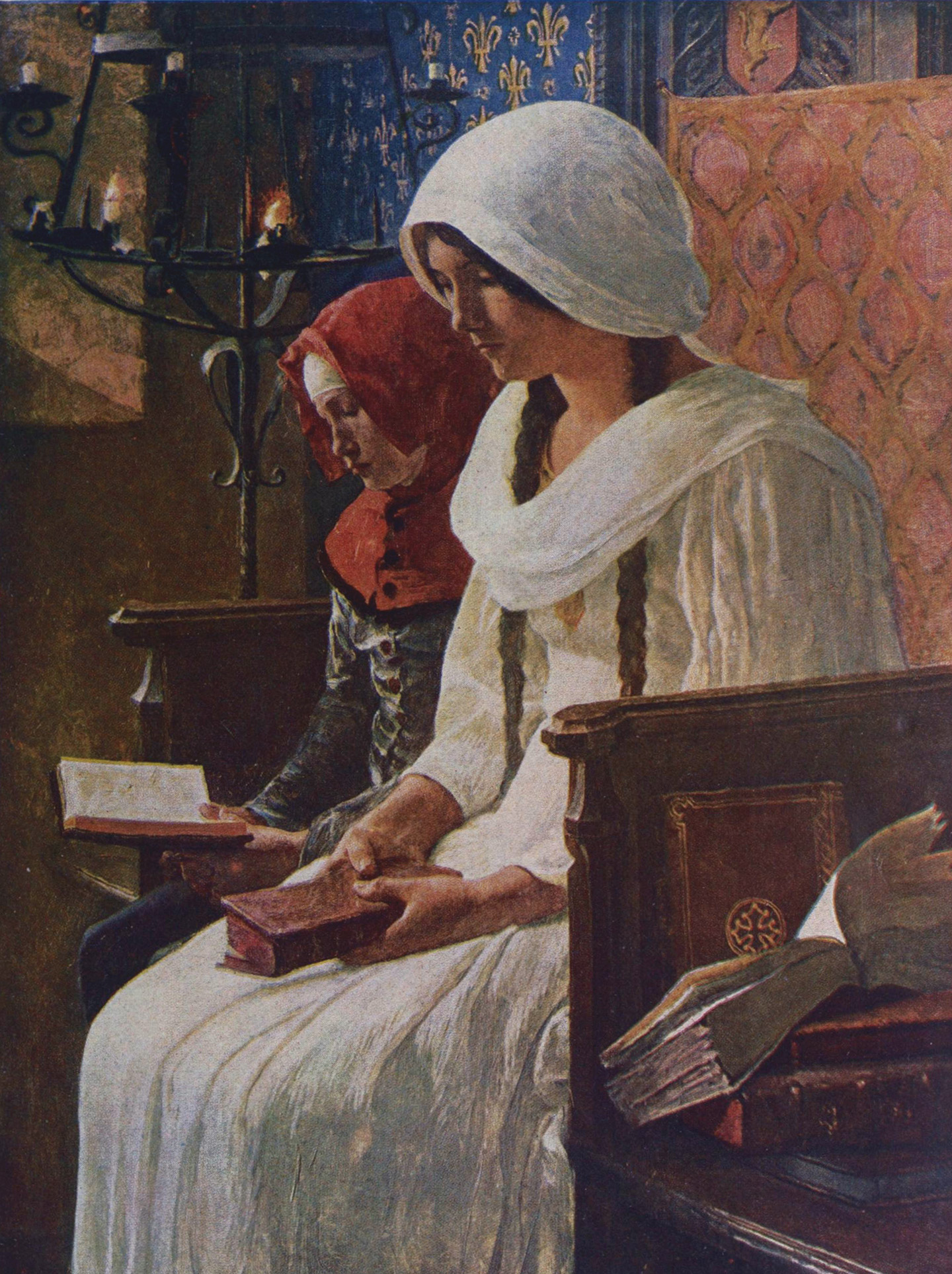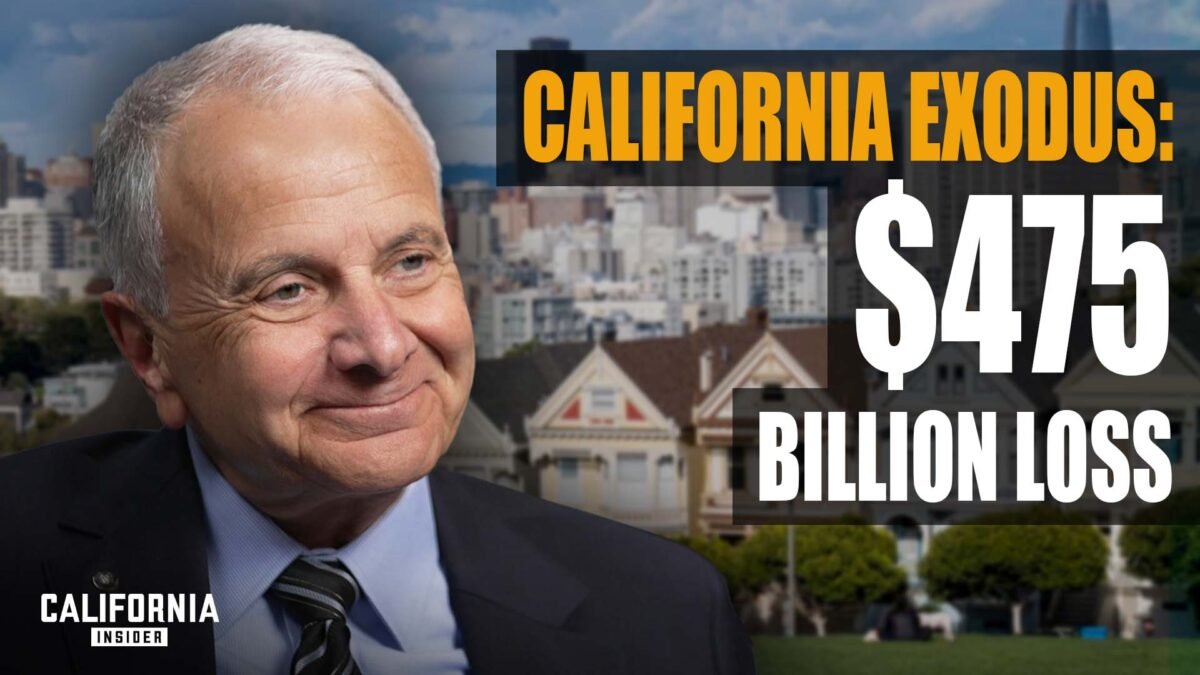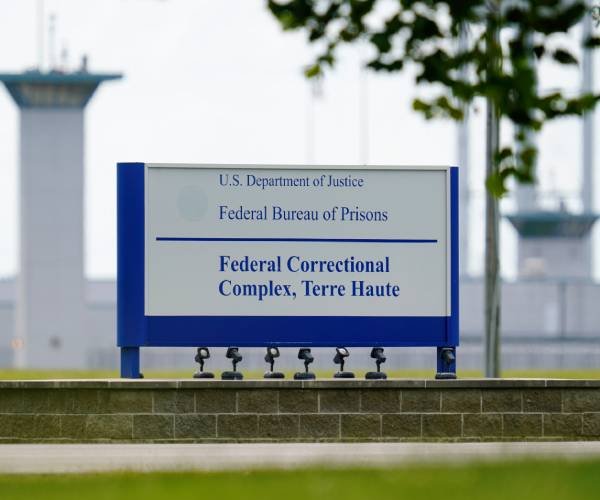Motivation, Road-Blocks, and Self-Transformation
Self-help, personal development, self-improvement, learning and development, education—we have a million and one names for this process, but what they all boil down to is this age-old spiritual idea of self-transformation. While the concept of religion is far too big to address in an article such as this, one broad truism we might draw from the vast corpus is that virtually all the world’s religions, Eastern and Western, introspective and exoteric, big and small, revolve around this idea that human beings need mechanisms to help improve themselves, whether these be commandments, rituals, practices, abstinences, worship, or divine intervention—and not forgetting faith itself.
There is also something implicit and subtextual in this: deep down, all healthy human beings want to keep improving and transforming.
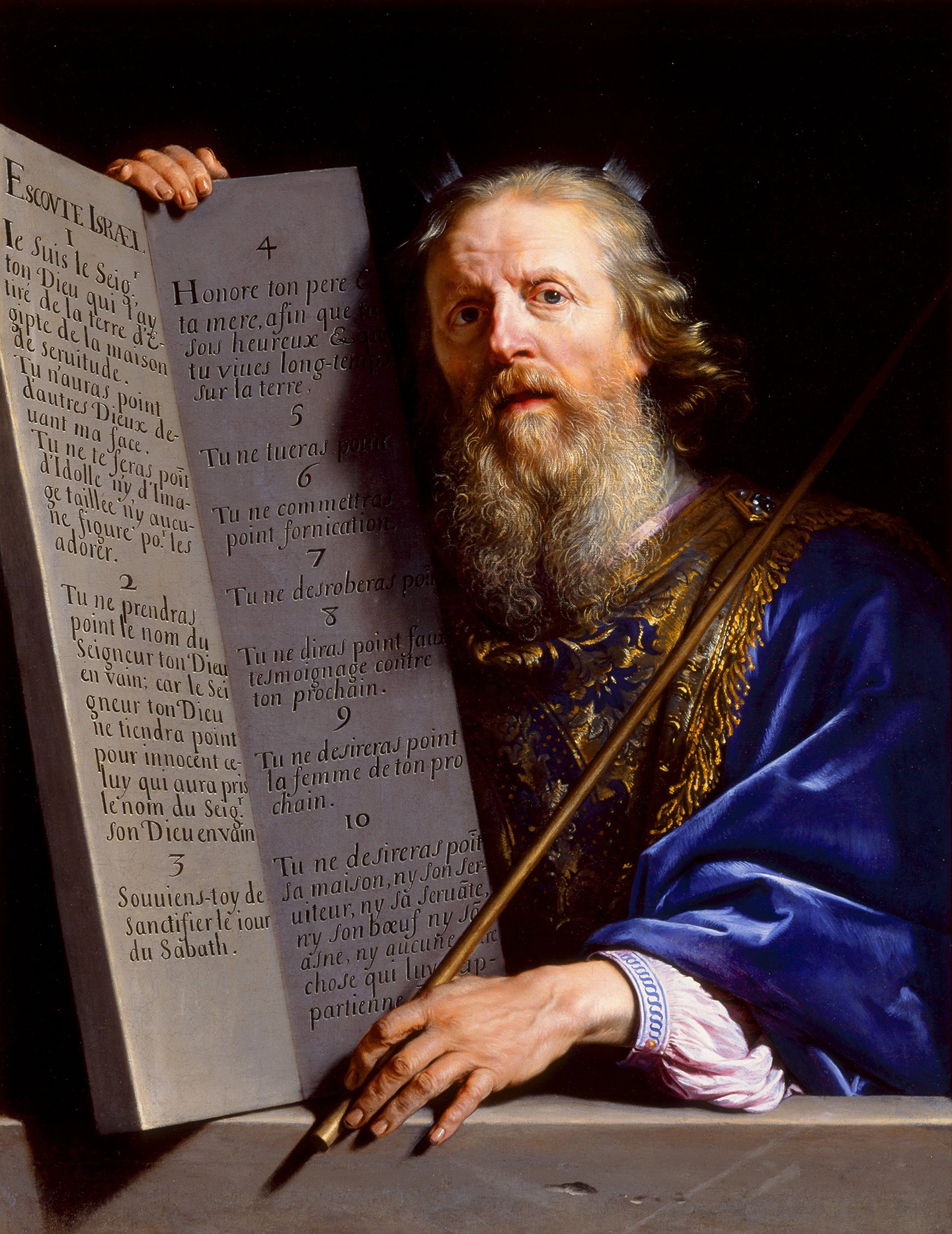
Motivation and Roadblocks
For myself, and other authorities in the field of motivation, our role is to help people enact this self-transformation, much like the spiritual guides of old. The first hurdle is following through on that desire for change. We have a word for this desire for change: motivation, and motivation is a form of energy (not thought). For intellectually wanting something and having the motivation to do something are two very different things.
While our motivations are partly aligned with our desires—for our motivations describe the direction(s) of our energy—we can of course desire things without the drive to reach them. For example, we might want to be famous, but not be particularly motivated by some of the activities that can lead us to fame, such as content creation or networking.
If we study motivation, we have to conclude that if we want to get what we want, we have to start aligning what we want with our motivators (and, strangely enough, this also works in reverse: aligning our motivators with what we want). This bi-directional process, with our motivators influencing our desires or end-goal, and vice versa, can lead us to make astonishing progress.
However, even if we are able to make this progress, often there comes a moment where we hit a roadblock. As a coach myself, I have observed that sometimes the more the serious the issues people face, the easier they are to support and help. To use fitness as an example, it’s easier to get someone who has never done a day of exercise in his or her life to the point where they can run a mile than it is to get someone who runs half-marathons regularly to win Olympic gold. As Patrick McKeown highlighted in his book “The Oxygen Advantage: Simple, Scientifically Proven Breathing Techniques to Help You Become Healthier, Slimmer, Faster, and Fitter,” the difference in performance between elite athletes is often a margin of 1 percent or less!
So, it is paradoxically people who are doing all the right things who sometimes struggle to change, and therefore, cannot transform their selves.
The Leap of Faith
There is a wonderful story in the “Sayings of the Desert Fathers” (from Thomas Merton’s “The Wisdom of the Desert: Sayings From the Desert Fathers of the Fourth Century”) that might help us with this issue. In this scripture, Abbot Lot is struggling on his spiritual pathway:
“Abbot Lot came to Abbot Joseph and said, ‘Father, to the limit of my ability, I keep my little rule, my little fast, my prayer, meditation and contemplative silence; and to the limit of my ability, I work to cleanse my heart of thoughts; what more should I do?’”
Firstly, let us commend Father Lot. By any standard, he is clearly an extremely disciplined person. Yet, he senses that though he is going through the external motions—the rituals of fasting, prayer, meditation, and silence—he is not reaching the deeper levels. His question—”what more should I do?”—is relevant to us all in our odyssey through life. And I am sure you can see how difficult it is to answer, given the fact that Abbot Lot is doing so much right. Indeed, Abbot Lot specifically refers twice to the “limit of [his] ability.” He is doing his absolute best already.
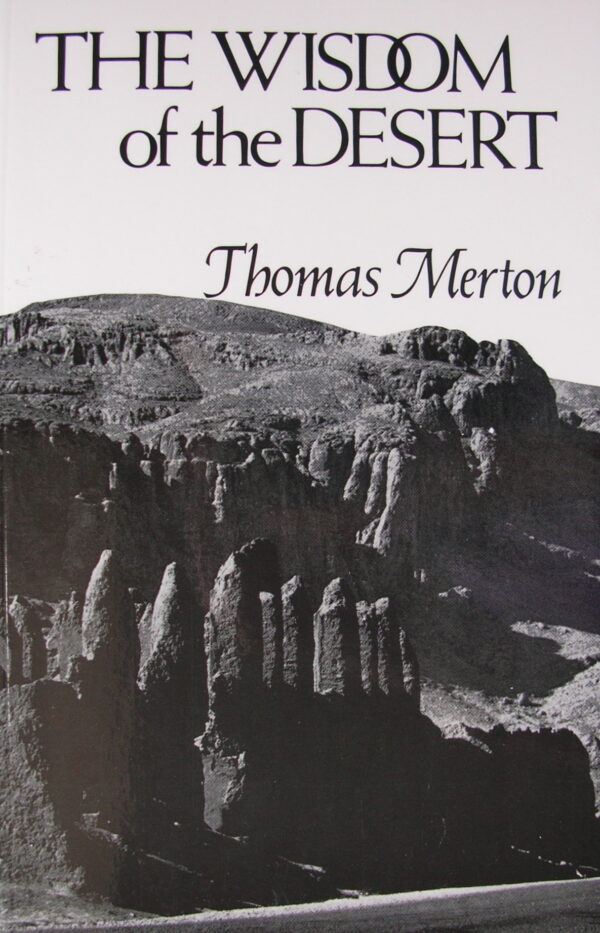
Before I share the conclusion of the story, it’s worth taking the time to reflect on what your answer or approach would be to Abbot Lot (or a person with a similar complaint). What would you say?
Abbot Joseph’s reply is revealing: “The elder [man] rose up in reply, and stretched out his hands to heaven, and his fingers became like ten lamps of fire. He said, ‘Why not be utterly changed into fire?’”
While the imagery is incredibly startling, this may seem impenetrably symbolic or obscure to modern readers. What does it mean? Beneath the spiritual symbolism, we also find some strangely practical advice.
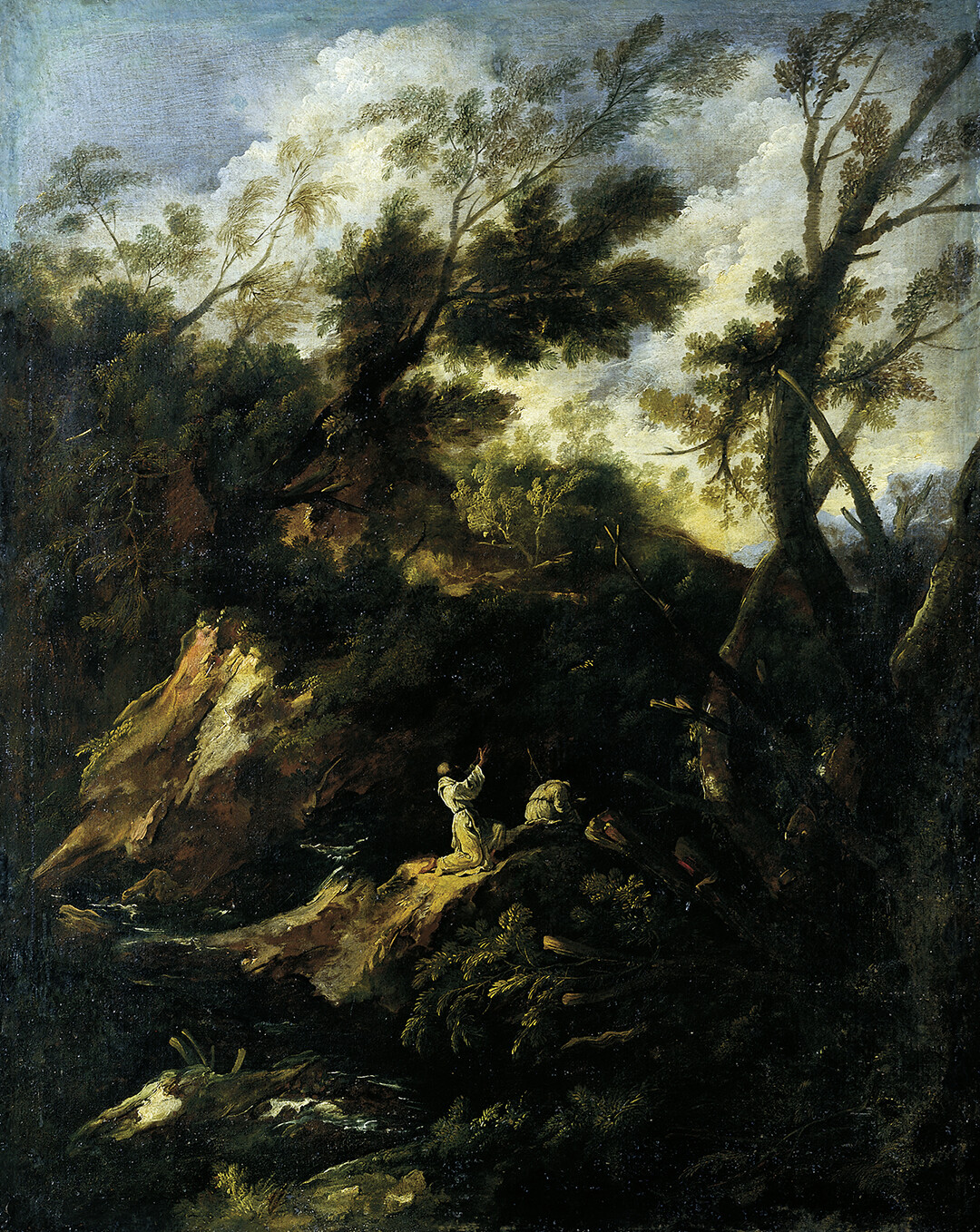
But first, for the sake of thoroughness, let’s unpack the symbolism on a spiritual level.
Abbot Joseph’s 10 fingers glow like “lamps of fire.” The number 10 is highly significant, not just representing his literal 10 fingers, but also the 10 commandments—the law—the very rules and regulations Abbot Lot is consumed by following, and that he believes will bring him to heaven.
In a more esoteric sense, the fingers could also refer to the 10 spheres or emanations upon the Tree of Life in Jewish Kabbalah. These 10 spheres (called Sephiroth in Hebrew) reflect the tenfold nature of God’s mind or true essence, forming a map or blueprint of the universe itself. Again, this correlates with ideas of order and structure, the rigid framework around which Abbot Lot has oriented his life.
But seen through Abbot Joseph’s startling transformation, these laws are not static. They are aflame! And indeed, that is Abbot Joseph’s advice to Lot, “Why not be utterly changed into fire?” In other words, there comes a point where the old tradition and rules can only take us so far. Eventually, we have to burn them up and go beyond them (but also, paradoxically, embody them). The difference between Lot and Joseph is that Lot is following rules, whereas Joseph has the rules at his very fingertips, burning in his very being.
The best analogy I might give is drawn from music. A diligent student might well memorize the 24 key signatures, practice their scales, and know every “accidental” (a sharp or flat) that makes up these signatures. But a master can simply play and find harmony and beauty without rigidly following a particular pattern. They have internalized the “laws” that make up this universe of sound, and thus can interpret them freely.
Self-Transformation

The final step of self-transformation at the highest level, therefore, is to forget everything we knew before; to allow the transformation to occur; to let go, rather than trying to force ourselves to change with rules or practices. This is concurrent with the most profound forms of Buddhism, in which the paradox of enlightenment is that we are all already enlightened—we simply do not realize it at the outset of our journey.
In Indian philosophy, the “jiva” or “ego” distorts our sense of reality and convinces us that we are individual human lives and identities rather than part of a greater whole. We see this in Abbot Lot, who continually refers to the “limit of my ability.”
First, his ability has no limit, something Abbot Joseph clearly perceives. And second, there is no “my” nor “I” with which to even experience this limitation! The philosopher and author Jason Gregory describes this as “the cosmic joke” one reaches after enlightenment, a term that might remind us of Dante’s “Divine Comedy,” which is, of course, another story of self-transformation.
Ultimately, self-transformation is never an easy road—nor does it have a definitive end-point. For, even when we advance far along the path like Abbot Lot, we often discover there is so much further to go. But by bearing in mind this story, we can look out for these key moments where we, or a client we’re helping, feels blocked, and ask ourselves, “What more could I be doing?” If the answer comes, “Why not be utterly changed into fire?” then we know what we must do!
